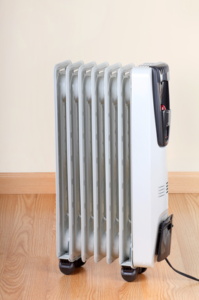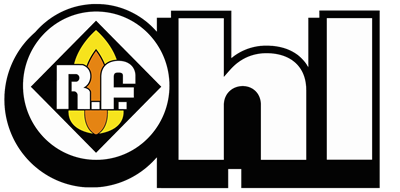Carbon County HVAC Tips: Indoor Air Conditioning Components
 What are the various indoor air conditioning components? Read on and we will provide you with a comprehensive list of some of the most important components you ought to know and their functions:
What are the various indoor air conditioning components? Read on and we will provide you with a comprehensive list of some of the most important components you ought to know and their functions:
1 – Condensate System
Condensate, or simply water, is produced by the system when warm moist air is cooled. The process is done by blowing it over the evaporator coil. The condensate then runs down the coil into the collecting pan, and then it drains to the piping that is used to route condensate to the drain for disposal.
2 – Condensate Pump
Condensate pumps are intended for systems that are not capable of disposing the condensate through the simple law on gravity to the drain line.
3 – Condensate Overflow Pan/Tray
This refers to the container that is situated below the air handler. It is found in a unit that is located or placed in an attic or in instances where the overflow of the condensate will spill into the building floor or the ceiling. It is actually classified as a safety device designed to prevent the occurrence of spillage. To function properly, it has to have an independent drain or a float switch for shutting down the indoor air conditioner in the event that the pans become full.
4 – Blower Fan
The blower fan is also called the evaporator fan. It is located in the blower compartment and is responsible for circulating the building or indoor air into itself from the return ducts and plenum. In the process, it moves the air across the evaporator coil to the supply plenum and then to the supply ducts in the building. There are several types of blower fans and they are single speed, multiple speeds, and variable speed. There are also blowers that are intended for continuous operation.
5 – Electrical Controls
The electrical controls of an air conditioning include several components. First, you have the shut-off switch or a series of switches, fuse and circuit breaker, capacitor, and others.
6 – Evaporator Coil
The evaporator coil meanwhile is also called as the cooling coil. It is connected to the high pressure and low pressure refrigerant lines. The high pressure refrigerant liquid is released into the cooling or evaporator coil through the thermal expansion valve. It is then converted from liquid to gas. As a result, there is a drop in the temperature of the refrigerant, in the process cooling the evaporator coil.
7 – Air Filters
The air filters are situated on the return duct air inlets or the one or more of the central return air inlets, or even in the air handler unit. They are primarily used to remove and filter dust and debris from the indoor air, to make sure the same air is clean.
8 – Thermostat
The thermostat of the indoor air conditioner plays a major role since it is utilized to turn the AC on and off. It is also the same component that is toggled for setting the desired temperature indoors.
